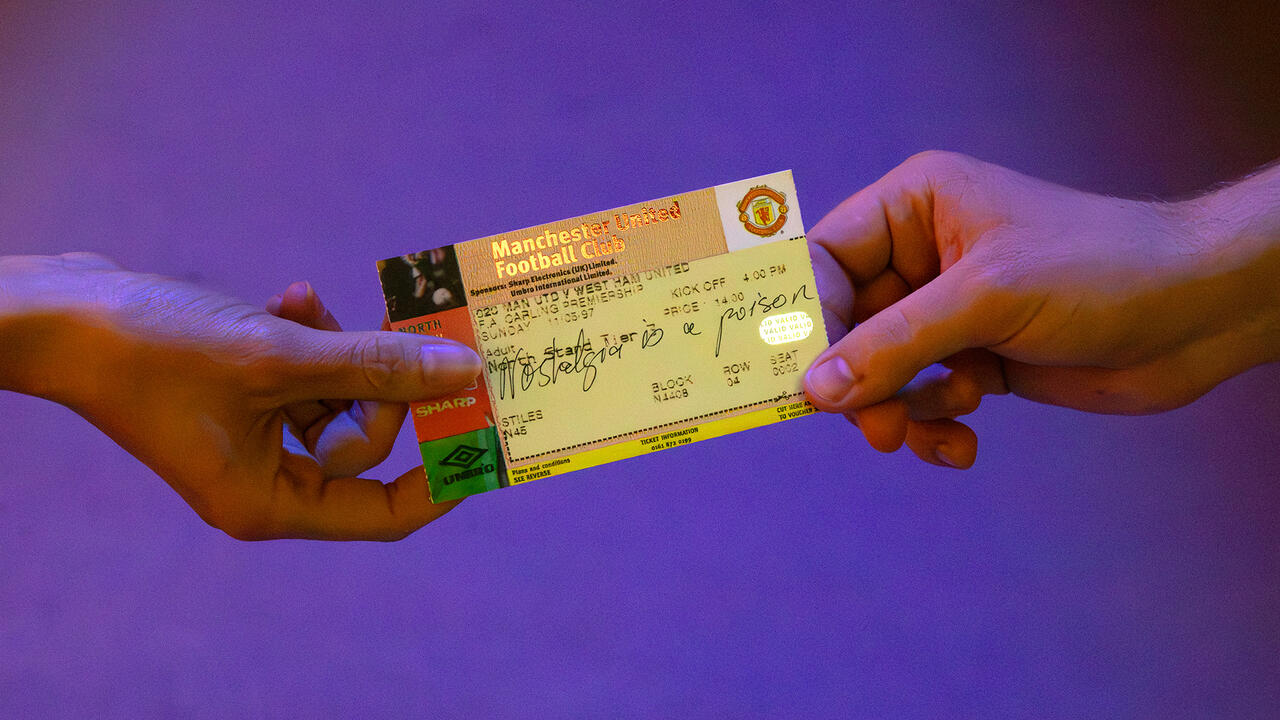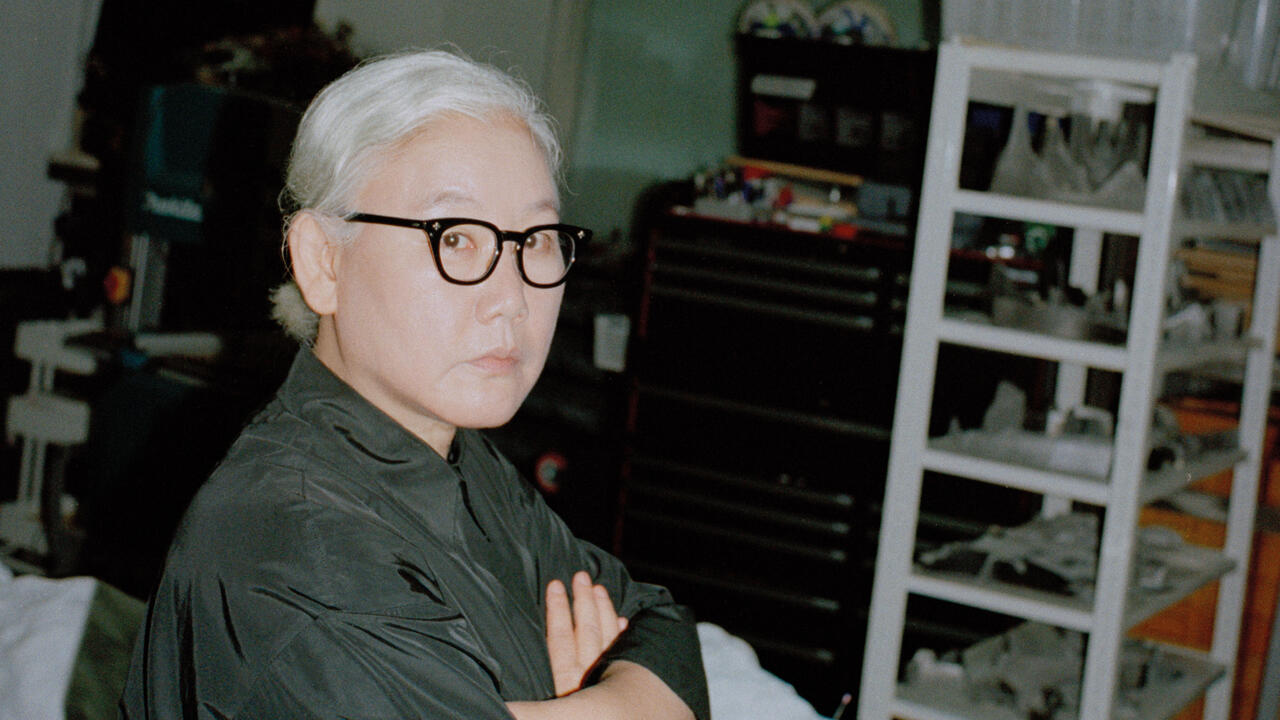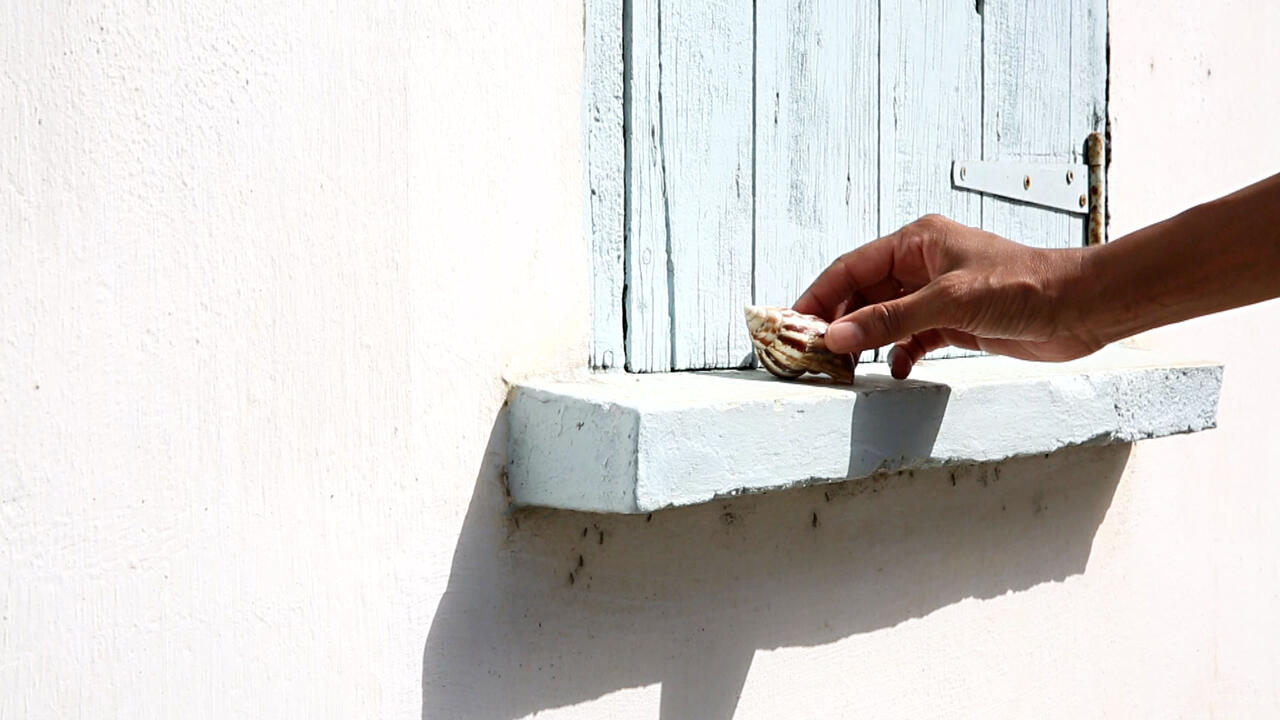‘Short Film Series' by Guy Sherwin
Filmmaker Guy Sherwin's personal approach to documentary
Filmmaker Guy Sherwin's personal approach to documentary

Following its inception in 1966, the London Film-Makers’ Co-operative, conducted numerous experiments that were often more strident than subtle. Amongst the many artists who developed within the Co-op’s orbit, Guy Sherwin stands out for the gentleness of his work, particularly in his Short Film Series, recently released on DVD by LUX, which has a sense of calmness rarely matched in the output of his contemporaries.
Sherwin was not the only Co-op artist to focus on domestic situations, as he does here with works involving his family or his home. Nor was he alone in documenting natural beauty: the parks and country lanes that he often features were popular with Sherwin’s peers, who also experimented with exposure or changes of speed to condense long stretches of time. But the distancing techniques of certain Co-op filmmakers – Peter Gidal’s Condition of Illusion (1975) highlighting the terms of its own representation of reality, or Annabel Nicolson running a film of herself through a sewing machine (Reel Time, 1973) so that it disintegrates before an audience – are less overt in the Short Film Series, as Sherwin focuses on building a direct connection between his viewers and his subjects.

Having studied painting at Chelsea School of Art during the late 1960s, Sherwin taught film printing and processing at the Co-op in the mid-1970s, where he began to make the films included in LUX’s compilation. As it can be watched in any order, Sherwin’s series may seem ideally suited to a DVD release, but the technology to allow viewers to choose their arrangement did not exist when he started the project. These films belong not to the age of the iPod Shuffle, or even the CD, but of John Cage’s aleatoric compositions, or novelists such as Marc Saporta or B. S. Johnson putting unbound pages or chapters in boxes, assuming different meanings depending on the sequences in which people read them.
The films span from 1975 to 2014 (although Sherwin took a long break between 1980 and 2000, when he worked on other film projects, besides making five in 1997-98), and were always made according to the same formal constraints: they last the length of one 16mm film, approximately three minutes; they are black and white; and they are silent. Although not narrative works, they tell stories of sorts, providing snapshots into domestic life or the natural world. Birds and trees appear regularly; a pet cat stars more than once; the collection is bookended by a film made with Sherwin’s parents in 1975 and another made with his son Kai Foo in 2013, with his daughters Maya and Mei also having works dedicated to them.
Stylistically the 34 works collected here (with their titles, year and location of filming given on postcards) sit between Sherwin’s more abstract Optical Sound Films (1971-07) series and his figurative Messages (1981-05) collection, also issued on DVD by LUX. The Optical Sound Films, made between 1977 and 2007, explored the ‘physical correspondence between sound and image’, often working directly with 16mm film, where sound and image are both carried in visual form on the same strip, rather than being shot with a camera. In fact one of the Short Films, entitled Night Train (1977) became an optical sound film two years later, when the horizontal lights shot on a London to Birmingham train were doubled up onto the soundtrack. Another entry, Sound Shapes, matched four shapes punched out of black film with noises scratched into the soundtrack, organised into a bar structure. The resultant work feels like one of Steve Reich’s percussion pieces, giving the impression of chance elements in its composition while actually being heavily structured, as Sherwin explained in the accompanying book.

These short films often use changes of exposure, to ‘fully exploit the tonal range of black and white stock’, as A. L. Rees put it in his History of Experimental Film and Video (2011) Sherwin’s notes for the Short Film Series explain that Metronome (1978) followed the late afternoon sun on a mantelpiece over an hour, recorded in time lapse of one frame per second. The metronome phases into time with the spring-wound mechanism of the 16mm camera – as in many of these works, sound and light are highlighted as fundamental components of cinema. There is often levity, however: viewers may note the black square behind the metronome as the film opens, alluding to to Kazimir Malevich’s influential Suprematist piece, but when Sherwin’s camera moves closer and the exposure brightens, we see that it is actually A Young Woman Seated at the Virginal (1670), widely attributed to Jan Vermeer.
In their tone and subject matter these films are closer to the 'Messages' series. With little camera movement, the 'Messages' works often built tension through their use of close-ups: Flight focuses a bird on a branch, giving a sense of pent-up energy until it suddenly and dramatically flies out of shot. Sherwin’s films are often poetic, with the casual observation of the beauty, boredom and sadness of daily life that made Jacques Prévert’s Paroles so moving: his 34-minute 'Messages' (1983) quoted from developmental psychologist Jean Piaget and his daughter Maya’s words and drawings in an attempt to represent the world from a child’s perspective.
The most touching works in this collection are those covering three generations of Sherwin’s family. Portrait with Parents (1975) was his first entry into the Short Film Series. Sherwin’s parents stand in front of a mirror, with his father holding a camera and taking a photograph; his mother is half in, half out of the shot. She speaks, but we cannot hear her words, her emotions conveyed only by her face turning into a smile. There is a danger of Sherwin falling into sentimentality, which he averts with the familiar Co-op tactic of exposing the method of the film’s construction, pulling back to show his own reflection as he cranks the camera.

Cat on TV (1977) wryly presents a tiny domestic drama. We see a scene from a typical 1970s living room: a TV set with an aerial on top, with curtains behind it. A black and white cat sits by the aerial, its head cut off by the top of the frame, its tail hanging over the horse racing being broadcast. Will the pet obscure a crucial detail, or knock over the aerial and end the broadcast altogether? When the cat decides to change its position, there is a climax and conclusion, and only then does it feel obvious that we have been watching a story unfold.
Elsewhere films of industry and of nature contrast with each other. In Columns (1977), one of the most dynamic entries, the camera pans across a Kings Cross demolition site; in Coots (1997-98), Sherwin super-imposes one shot of young birds diving and surfacing over another, shown upside-down and backwards to create ‘a visual palindrome’. This trickery recalls some of the idents that BBC2 used to introduce programmes in the late 1990s, and adds to the sense of homeliness. The Optical Sound Films may have worked better in a gallery or Expanded Cinema setting, but the Short Film Series perfectly suits a domestic environment, and my viewing was enhanced by external noises (my housemates boiling the kettle, or the birds in our garden), which I would have found intrusive in most other contexts. Even in their silence, the Short Film Series generate as much sound as John Cage’s most famous ‘composition’, and provide just as much space for quiet meditation.
The DVD of Short Film Series 1975 -2014 is available now from LUX




















